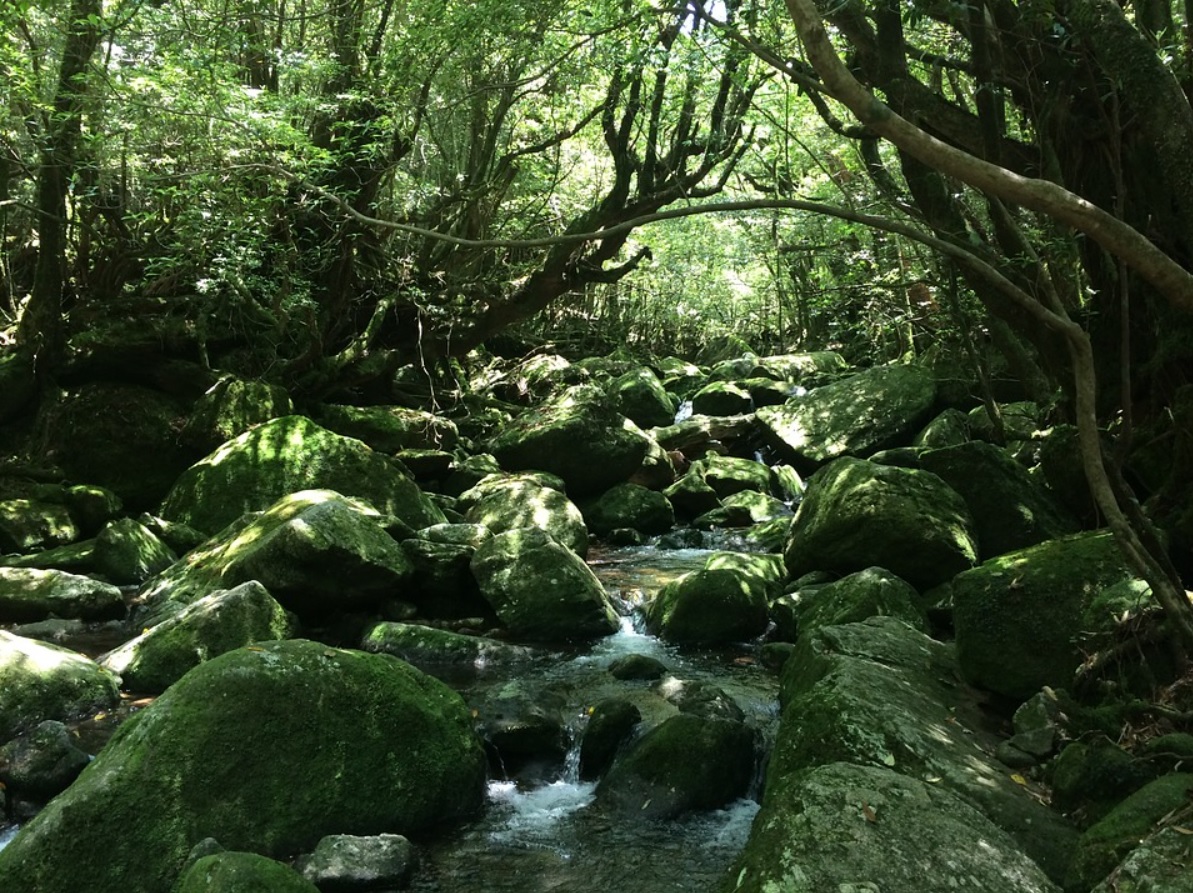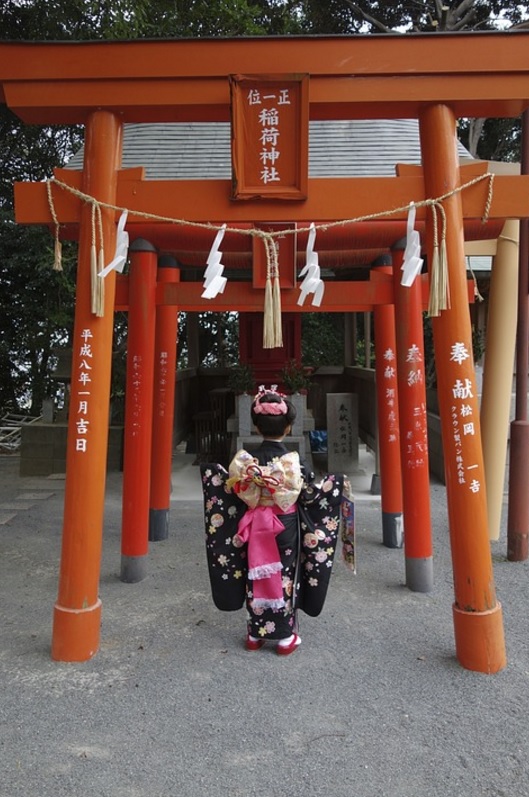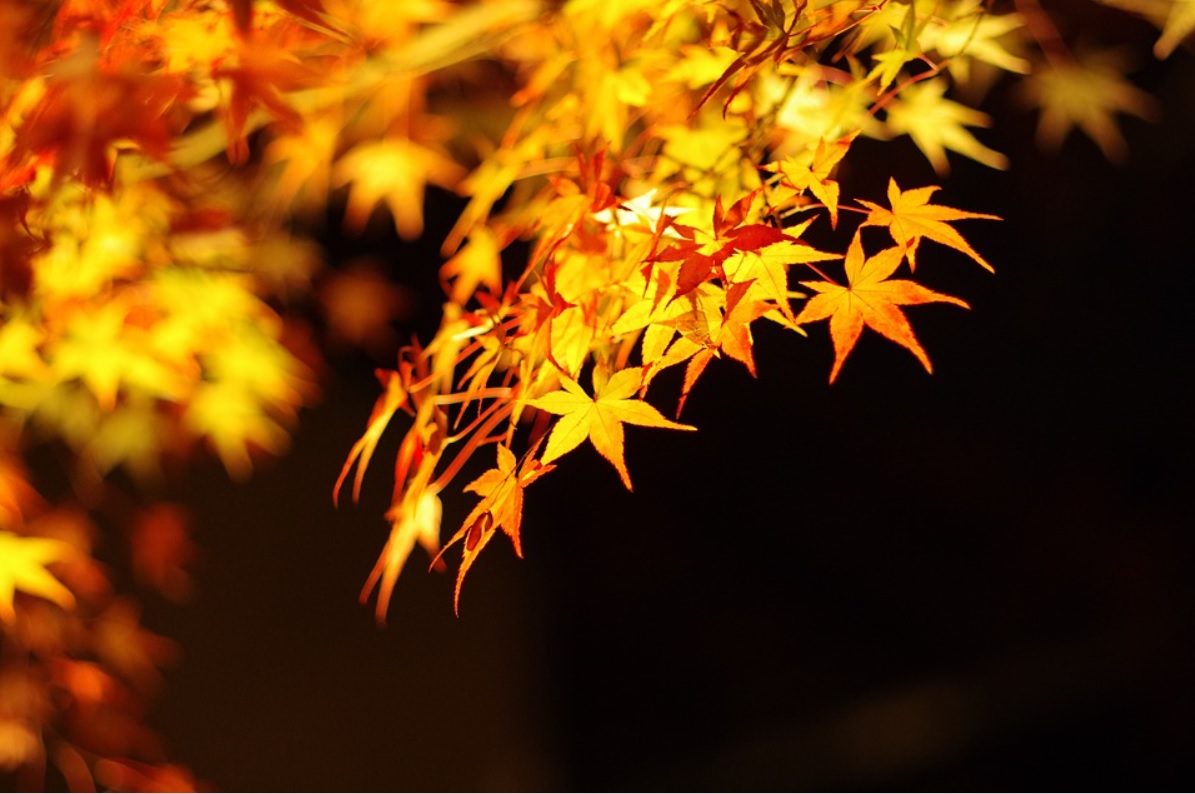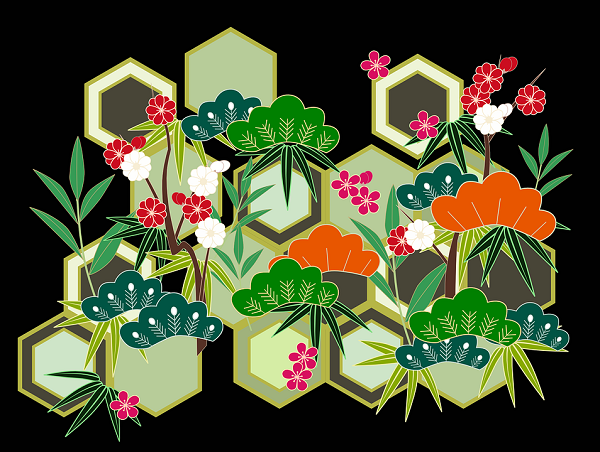

Hi.
Many of you may know that Japan is a volcanic country.
Then, do you know which volcano is most active?
The answer is, Sakurajima Island (桜島) in Kagoshima prefecture, Kyushu area.
The mountain is one of the most symbolic volcanoes in Japan, which has been attracting many people as a tourist destination.
Today, I’m gonna tell you how fantastic Sakurajima Island is, introducing 15 must-see tourist spots!
style="display:inline-block;width:336px;height:280px"
data-ad-client="ca-pub-1779908728018021"
data-ad-slot="8831389991">
Contents
- 1 * Introduction: What is Sakurajima Island?
- 2 (1) Sakurajima Magma Hot Spring (桜島マグマ温泉)
- 3 (2) Sakurajima Lava Nagisa Beach Park (桜島溶岩なぎさ公園)
- 4 (3) Yunohira Observatory Platform (湯之平展望所)
- 5 (4) Sakurajima Dinosaur Park (桜島自然恐竜公園)
- 6 (5) Roadside station Tarumizu (道の駅 たるみず)
- 7 (6) Arimura Lava observatory Platform (有村溶岩展望所)
- 8 (7) A buried Shinto gate in Kurokami area (黒神埋没鳥居/ Kurokami Maibotsu Torii)
- 9 (8) Sakurajima International Volcanic Erosion Control Center (桜島国際火山砂防センター)
- 10 (9) Kurokami View Spot (黒神ビュースポット)
- 11 (10) Torishima Observatory Platform (鳥島展望台)
- 12 (11) Sakura Fishing Park (桜海釣り公園)
- 13 (12) Lava Nagisa walking trail (溶岩なぎさ遊歩道)
- 14 (13) Sakurajima All-night Concert Memorial Monument
- 15 (14) Roadside station Sakurajima / Sakurajima Souvenir Hall (旅の駅桜島 桜島物産館)
- 16 (15) Sakurajima Ferry (桜島フェリー)
* Introduction: What is Sakurajima Island?

Refer to the site: http://find-travel.jp/article/2019
As I mentioned above, Sakurajima Island is located in Kagoshima prefecture, in the south of Kyushu area.
Some of you may find that the island is connected to Osumi Peninsula (大隅半島), though the island has the word “Island.”
It’s because, until 1914, the island had been “Island.”
Mt Ontake (御嶽山) the volcano in Sakurajima Island, erupted in the year, which result in that the island was connected to the peninsula.
It’s still very active, and volcanic ashes spew from the mountain several times in a year.
The ashes fall not only to Sakurajima but also whole Kagoshima prefecture, and some neighboring prefectures.
Therefore, the volcano is closely connected to the way people live in the island.
style="display:inline-block;width:336px;height:280px"
data-ad-client="ca-pub-1779908728018021"
data-ad-slot="8831389991">
(1) Sakurajima Magma Hot Spring (桜島マグマ温泉)

Refer to the site: http://find-travel.jp/article/2019
The bath has natural hot water which flows directly from the source of hot spring which is located 1000m below the surface of the ground.
You can enjoy a fantastic view of Kinkou Harbor (錦江湾) from the bath.
It’s a publicly-owned bath, thus you can take a bath with reasonable price.
In addition, it’s in a public hotel named Rainbow Sakurajima, run by general Incorporated Foundations.
If you would like to enjoy the good quality of hot spring several times during your stay in Sakurajima Island, it’s a nice choice to stay in the hotel.
(2) Sakurajima Lava Nagisa Beach Park (桜島溶岩なぎさ公園)
* Nagisa Pathway (なぎさ遊歩道)
-e1477340584965.jpg?resize=600%2C401&ssl=1)
Refer to the site: http://find-travel.jp/article/2019
This is a pathway in Sakurajima Lava Nagisa Park (桜島溶岩なぎさ公園), paved on a lava field formed by the eruption of Mt. Ontake in 1914.
Because of its unique landscape, the pathway was chosen as one of the 100 beautiful pathway in Japan.
Have you ever seen a lava field with such dark gray rocks along with the path?
Even though the mountain erupted more than 100 years ago, the scenery still makes it easy to imagine how tremendous the damage of the eruption was.
* Foot Bath in the park

Refer to the site: http://find-travel.jp/article/2019
When you feel tired after walking in the pathway mentioned above, how about taking a foot bath in the park?
You’ll see wonderful views of Kinkou Harbor in front of you, and Sakurajima behind you.
Here, the hot water with red-brown color flows directly from 1000m below the ground, which warms and refresh your foot.
Surprisingly, the length of the foot bath is about 100m, thus you may easily find a place to take a foot bath, even if it’s crowded!
(3) Yunohira Observatory Platform (湯之平展望所)

Refer to the site: http://find-travel.jp/article/2019
It’s an observatory platform at a height of 373m above sea level, the one located at the highest altitude in Sakurajima Island.
From the spot, you can see not only the beautiful Kinkou Harbor but also Kagoshima city and some mountains.
If you would like to enjoy more beautiful views, I recommend that you should visit there at and after sunset.
You’ll see an amazing sunset view and a stunning night scene there.
(4) Sakurajima Dinosaur Park (桜島自然恐竜公園)

Refer to the site: http://find-travel.jp/article/2019
Absolutely it’s a nice spot for families.
The park has many dinosaur-shaped playground equipment, a 10m slide and so on, which never makes kids bored.
Spring is one of the best season to visit the park, because it has cherry trees whose flowers are at their best in March.
The park also has two observatory platforms, thus you can look across a magnificent view of nature in Sakurajima Island.
(5) Roadside station Tarumizu (道の駅 たるみず)

Refer to the site: http://find-travel.jp/article/2019
Roadside Station Tarumizu is a spot in which you enjoy eating, taking a foot bath, and buying souvenirs and local products.
Of course the hot water in the foot bath is directly from the source of hot spring, and from there you can see the crater of Sakurajima Island.
If you have a little time to stay in Sakurajima Island, it may be a good choice to visit the spot which holds special things of the island.
(6) Arimura Lava observatory Platform (有村溶岩展望所)

Refer to the site: http://find-travel.jp/article/2019
The observatory platform surrounded by innumerable lava rocks is a spot where you can see volcanic smoke from Showa Crater (昭和火口).
You can realize what an active volcano is looks like, and may feel how dangerous eruption is.
Thus, it must be an ideal spot to take photos.
If you would like to visit there, a hat will be useful.
It’s because ashes from the volcano may fall on the spot, depending on the direction of a wind.
(7) A buried Shinto gate in Kurokami area (黒神埋没鳥居/ Kurokami Maibotsu Torii)

Refer to the site: http://find-travel.jp/article/2019
Can you imagine that the Shinto torii gate was buried in a day by stones and ashes from the volcano, at the day of the eruption in 1914?
Before the eruption, the torii gate was 3m height.
Now you can see just a small part of the gate, 1m from the top, and the rest of 2m is still under the ground.
We will never be able to see what it was before 1914, because it has been registered as a natural monument, which has an important role to tell succeeding generations how terrible the damage by the eruption was.
(8) Sakurajima International Volcanic Erosion Control Center (桜島国際火山砂防センター)

Refer to the site: http://find-travel.jp/article/2019
It’s a facility that you can learn things about volcanic hazard, established in 1999 for the purpose of enlightening people about natural disasters and the way to save people’s lives from them.
You’ll see pieces of valuable material, watch videos and do quizzes related to natural disasters.
The knowledge about natural disaster might be useful in daily life.
The facility is also used as a shelter at the time disaster, thus it not only provide useful information about volcanic disaster but also shelter people living in the island.
(9) Kurokami View Spot (黒神ビュースポット)

Refer to the site: http://find-travel.jp/article/2019
This spot is regarded as the best place to see Showa Crater, which erupted in 2006 and has still been active.
You can see a dynamic scene of the volcano emitting a volcanic smoke and vapor from the crator.
You also can hear the sound of eruption at the spot.
The area around the spot is called “Jigokugawara,” which means, devil riverside.
People saw the riverside having a smoke after a lava flow had hit it, at the time the eruption happened in 1946, and named it because the scene made them remind what the hell was like.
Still now, it had many lava rocks, which makes us realize how terrible the damage was.
(10) Torishima Observatory Platform (鳥島展望台)

Refer to the site: http://www.360navi.com/photo/46kagosima/01sakurajm/03view3/10page.htm
It’s an observatory in a lava field formed by the eruption in 1914.
Surprisingly, the spot had been a small island until the eruption occurred.
Lava flew into and reclaimed the sea, and connected the small island to land.
You may see the power of nature.
(11) Sakura Fishing Park (桜海釣り公園)

Refer to the site: http://find-travel.jp/article/2019
The island is famous not only for volcano but also a good spot to do fishing!
You can try fishing at Sakura Fishing Park.
You don’t need to pay to rent a rod, and you can buy bait at the park, which means, the only thing you have to do to do fishing at the park is, just to go! (If you are eager to catch many fishes, please bring to a box in which you put fishes.)
A staff member at the park help you to start fishing, if you haven’t do fishing before.
(12) Lava Nagisa walking trail (溶岩なぎさ遊歩道)

Refer to the site: http://find-travel.jp/article/2019
It’s a 3km pathway which connects Sakurajima Lava Nagisa Park and Torishima Observatory Platform.
It’s also surrounded by lava rocks, and here you can see a rare view that some plants grows on the field formed by lava 100 years ago!
You’ll feel the threats and the strength of nature.
The pathway is also known as a spot with beautiful views of Kinkou Harbor, Sakurajima Island and Kagoshima city.
(13) Sakurajima All-night Concert Memorial Monument

Refer to the site: http://find-travel.jp/article/2019
For some people, Sakurajima Island is a legendary place, because it’s where Tsuyoshi Nagabuchi, a popular and charismatic rock singer in Japan, held an all-night concert in 2004.
The statues were made with 50t of rocks in Sakurajima Island, and it is 3.4m of height.
At the time, 6000 people lived in the island, and 75,000 people visit there for his concert.
The event has acquired the stature of legend among people in the island and his fans.
People there must have been surprised at such a great number of people gathering in the island from every part of Japan!
(14) Roadside station Sakurajima / Sakurajima Souvenir Hall (旅の駅桜島 桜島物産館)

Refer to the site: http://www.omiyage-jp.com/
If you have a trouble to choose souvenirs for your family and friends, I strongly recommend that you should visit Roadside Station Sakurajima.
It has the biggest souvenir hall in Sakurajima Island, and you can buy various local products and small goods made in the island and Kagoshima prefecture.
The spot also has restaurants and an observatory, thus you can do what you would like to do at the same time at the spot!
(15) Sakurajima Ferry (桜島フェリー)

Refer to the site: http://find-travel.jp/article/2019
Sakurajima ferry connects Sakurajima Harbor and Kagoshima Harbor in 15 minutes.
If you are a day-visitor in Sakurajima Island and stay in Kagoshima city, it’s convenient to use this ferry.
It’s a busy ferry, and it runs every 10-15 minutes in the daytime, and every an hour in midnight and early in the morning.
It carries 5.2 millions of people and 1.5 millions of cars in a year.
In the morning and evening the ferry is crowded with people commuting and going to school, and with tourists in the daytime.

How was it?
If you are interested in Sakurajima Island and would like to plan your trip there, the information on this site will be useful.
Hope it helps you!
style="display:inline-block;width:336px;height:280px"
data-ad-client="ca-pub-1779908728018021"
data-ad-slot="8831389991">




























